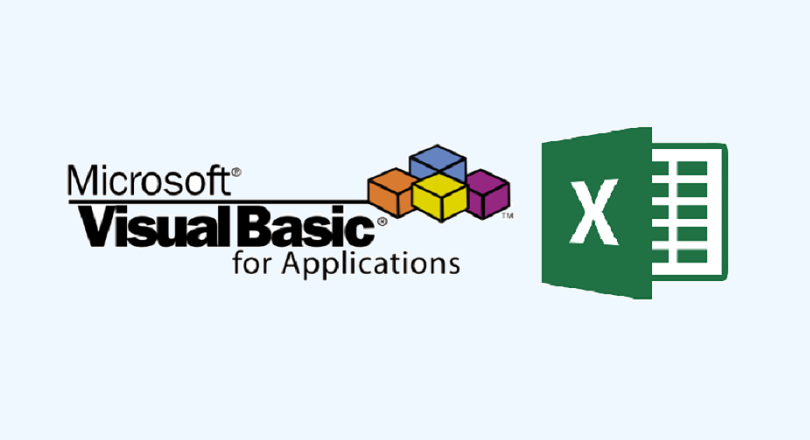
Free eBooks for Beginners
VBA is a programming language used in Microsoft Office products and is used to automate repetitive tasks, create custom functions and add new features. Non-Latin characters are characters used in writing systems such as Chinese, Japanese and Arabic, which are not part of the Latin character set.
VBA is a powerful tool, but it can be intimidating for beginners. However, with a little guidance, you can start creating your own VBA macros in no time. In this article, we will focus on how to use VBA to work with non-Latin characters, specifically in Microsoft Excel.
When working with non-Latin characters in Excel, it is important to make sure that the data is properly encoded. This means that the characters are stored in a format that Excel can understand and display correctly. The most common encoding used for non-Latin characters is Unicode. By using Unicode encoding, you can ensure that your data will be correctly displayed regardless of the language or locale of the user.
To work with non-Latin characters in VBA, you need to use the correct functions and methods. For example, you can use the StrConv function to convert text to Unicode encoding. You can also use the AscW function to return the Unicode character code for a specific character.
When working with strings in VBA, it is important to use the correct data type. The string data type can store a sequence of characters, but it is limited to the number of characters it can store. To work with strings that may contain non-Latin characters, you should use the Variant data type. This data type can store any type of data, including strings that contain non-Latin characters.
When working with non-Latin characters in VBA, it is important to be aware of the limitations of the software and the font used. Some fonts may not support all non-Latin characters, which can result in the characters being displayed incorrectly or not being displayed at all.
In conclusion, using VBA to work with non-Latin characters can be challenging for beginners, but with a little guidance and practice, it can be a powerful tool. By properly encoding your data, using the correct functions and methods, and being aware of the limitations of your software and font, you can ensure that your VBA macros will work correctly with non-Latin characters.
VBA for Beginners – Chapter 41 : Non-Latin Characters
 Loading...
Loading...
Disclaimer: The information and code presented within this recipe/tutorial is only for educational and coaching purposes for beginners and developers. Anyone can practice and apply the recipe/tutorial presented here, but the reader is taking full responsibility for his/her actions. The author (content curator) of this recipe (code / program) has made every effort to ensure the accuracy of the information was correct at time of publication. The author (content curator) does not assume and hereby disclaims any liability to any party for any loss, damage, or disruption caused by errors or omissions, whether such errors or omissions result from accident, negligence, or any other cause. The information presented here could also be found in public knowledge domains.